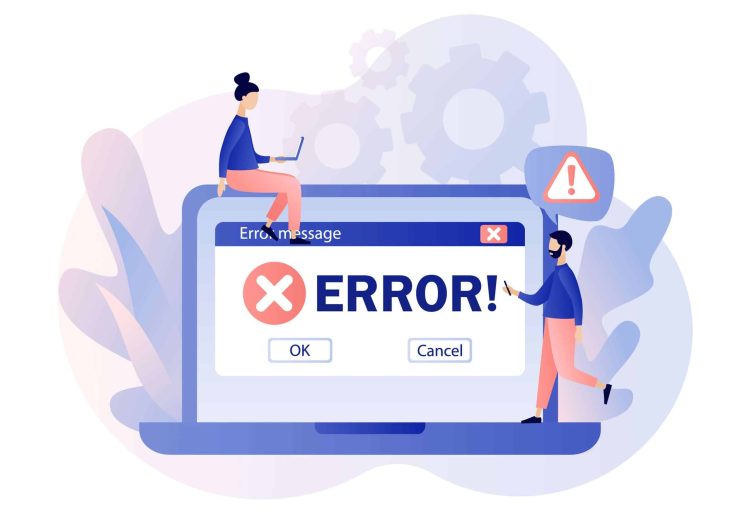fake error message text copy and paste play a crucial role in guiding users through technical issues, whether they appear on websites, software, or operating systems. However, a rising trend involves the misuse of fake error message text that can be easily copied and pasted, often leading to confusion, scams, or even cybersecurity threats. In this post, we’ll explore what fake error messages are, why they are used, and how to identify and prevent them.
fake error message text copy and paste
A fake error message is a fabricated text designed to look like a legitimate system or software error. These messages are often shared online as pranks, phishing scams, or misleading information. They typically include alarming text, urging users to take unnecessary actions such as:
- Contacting a fake customer support number
- Downloading malicious software
- Clicking on fraudulent links
- Entering sensitive information
Many of these fake error messages are available as copy-and-paste text, making them easy to spread across forums, social media, and even legitimate-looking websites.
Why Do People Use Fake Error Messages?
There are several reasons why fake error messages are created and circulated:
-
Pranks and Hoaxes
Some people create fake error messages as jokes to trick their friends or colleagues. These messages might look real but usually cause minor inconvenience rather than real harm. -
Scams and Phishing Attacks
Cybercriminals use fake error messages to manipulate users into providing personal or financial information. They may impersonate well-known companies like Microsoft or Apple, displaying messages that claim a system is compromised and urging users to call a fraudulent helpline. -
Clickbait and Engagement Traps
Some websites use fake error message pop-ups to keep users on a page longer or encourage them to interact with ads. This is common on shady websites that generate revenue through misleading tactics. -
Social Engineering and Malware Distribution
Some fake error messages prompt users to download a “fix” for a non-existent issue, which often turns out to be malware, spyware, or ransomware.
How to Identify a Fake Error Message
To protect yourself from scams and misleading information, watch out for these red flags:
- Unprofessional Language – Many fake error messages contain spelling mistakes, odd grammar, or awkward phrasing. Real system errors from Microsoft, Apple, or Google are professionally written.
- Exaggerated Warnings – Messages that claim “Your computer is infected with 99 viruses!” or “Your system will crash in 60 seconds!” are almost always fake.
- Copy-and-Paste Templates – If an error message can be copied and pasted into different contexts with the same wording, it’s likely not a genuine system error.
- Fake Support Numbers or Links – Official companies do not provide phone numbers within error messages. If a pop-up insists you call a number immediately, it’s a scam.
- Inconsistent Design – Genuine error messages have a standard format, including an error code and precise technical details. If the message lacks these elements, be suspicious.
How to Protect Yourself from Fake Error Messages
To avoid falling victim to scams and misinformation, follow these best practices:
✔ Verify Error Messages – Search for the exact error text on official websites or forums to see if it’s a real issue.
✔ Never Call Unknown Support Numbers – If an error message provides a phone number, don’t trust it. Instead, visit the official website of your software provider.
✔ Use Antivirus Software – A good security program can help block harmful pop-ups and detect malicious software.
✔ Educate Yourself and Others – Spread awareness about fake error messages so others can recognize and avoid them.
Conclusion
The increasing spread of fake error message text copy and paste scams highlights the importance of digital awareness and cybersecurity. Whether used for pranks, phishing, or social engineering, these messages can cause significant harm if users don’t recognize them. By staying informed and cautious, you can protect yourself and others from falling victim to fake error scams.
Have you ever encountered a fake error message? Share your experience in the comments below!

